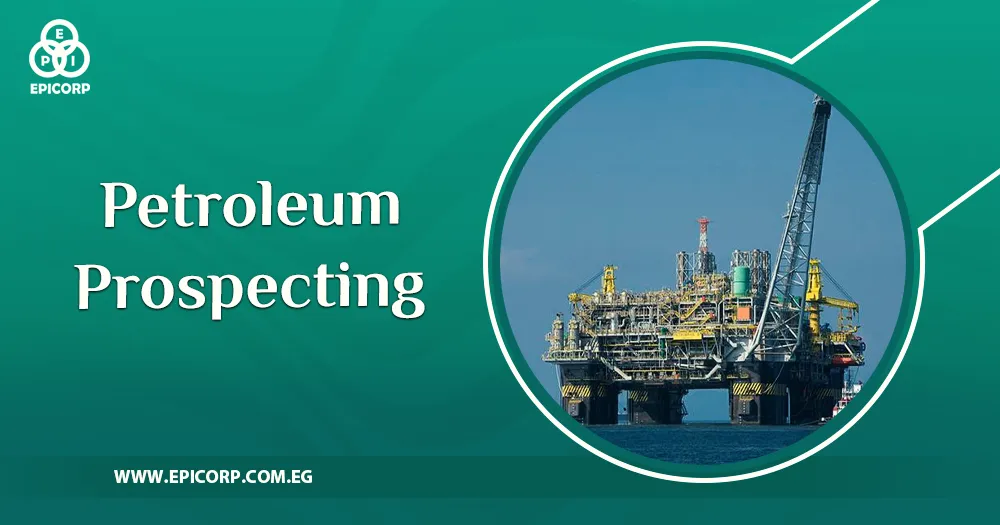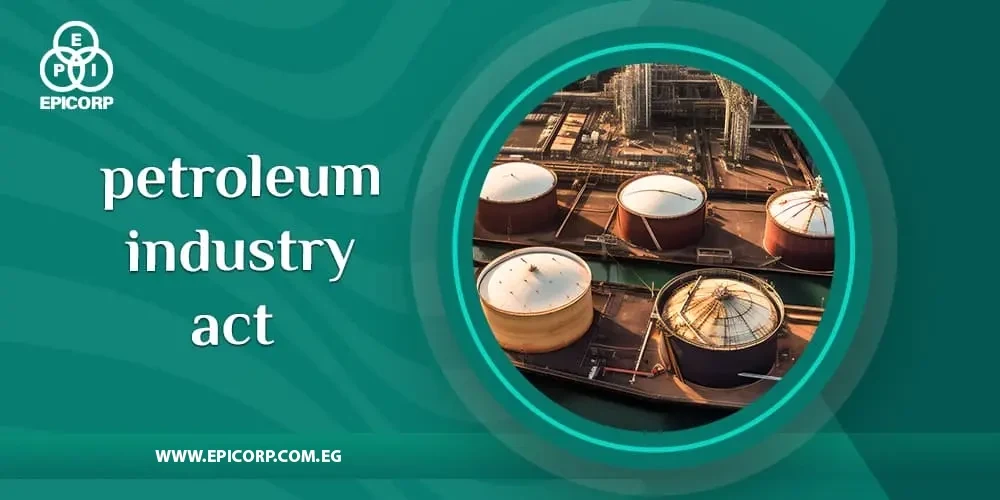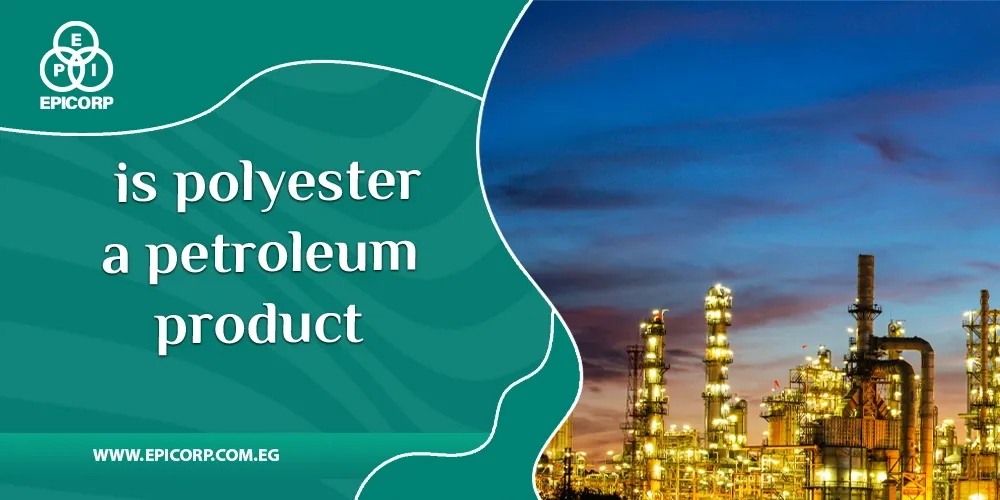petroleum prospecting, also known as oil exploration, is the process of searching for oil and gas deposits beneath the Earth’s surface. It is a crucial phase in the petroleum industry, as it involves identifying potential reservoirs and assessing their commercial viability. petroleum prospecting utilizes various techniques.
Including geological surveys, seismic imaging, and drilling, to locate and evaluate underground hydrocarbon reserves. This introductory phase lays the foundation for subsequent exploration and production activities, driving advancements in energy security and economic development worldwide.
Table of Contents
ToggleWhat is petroleum prospecting?
petroleum prospecting, also known as oil exploration, is the systematic process of searching for underground oil and gas deposits. It involves various techniques such as geological surveys, seismic imaging, and drilling to locate potential reservoirs of hydrocarbons. The goal of petroleum prospecting is to identify areas with promising geological characteristics.
That indicates the presence of oil and gas reserves. Once identified, further exploration and evaluation are conducted to assess the commercial viability of extracting these resources. petroleum prospecting is a critical initial phase in the petroleum industry, laying the groundwork for subsequent exploration, development, and production activities.
What are the different types of petroleum prospecting?
petroleum prospecting encompasses various methods and techniques aimed at identifying potential oil and gas reserves. Some of the different types of petroleum prospecting include:
1-Seismic Surveys: Seismic surveys involve sending sound waves into the ground and measuring their reflections to create images of subsurface geological structures. This method helps identify potential oil and gas reservoirs by mapping underground rock formations.
2-Gravity and Magnetic Surveys: Gravity and magnetic surveys measure variations in the Earth’s gravitational and magnetic fields to identify subsurface structures that may contain hydrocarbons. These surveys can help pinpoint areas with potential oil and gas deposits.
3-Geological Mapping: Geological mapping involves studying surface rock formations, sedimentary basins, and other geological features to identify areas with potential for oil and gas accumulation. Geologists analyze surface features and stratigraphy to infer the presence of hydrocarbons beneath the surface.
4-Remote Sensing: Remote sensing techniques, such as satellite imagery and aerial surveys, can help identify surface indications of petroleum reservoirs, such as seeps, faults, and anticlines. These methods provide valuable data for identifying potential exploration targets.
Read also: Petroleum Industry Definition.
5-Exploratory Drilling: Exploratory drilling involves drilling test wells in promising areas to directly sample subsurface rock formations and evaluate their hydrocarbon content. This method provides the most direct evidence of oil and gas presence but is also the most costly and resource-intensive.
6-Geochemical Analysis: Geochemical analysis involves analyzing surface samples, such as soil, rock, and water, for traces of hydrocarbons or related compounds. Geochemical data can provide valuable insights into the presence and migration of petroleum within a given area.
7-Basin Modeling: Basin modeling uses computer simulations to reconstruct the geological history of sedimentary basins and predict the presence of oil and gas reservoirs based on factors such as source rock quality, migration pathways, and trapping mechanisms.
Get to know: What Is Petroleum Energy
Which technique was initially employed in petroleum prospecting?
The first method used in petroleum prospecting was geological mapping, which involved studying surface rock formations, sedimentary basins, and other geological features to identify areas with potential for oil and gas accumulation.
Geologists analyzed surface features and stratigraphy to infer the presence of hydrocarbons beneath the surface. This method laid the foundation for subsequent advancements in petroleum exploration, such as seismic surveys, gravity and magnetic surveys, remote sensing, and exploratory drilling.
What is the first step in the prospecting process?
The first step in petroleum prospecting involves defining objectives and conducting thorough research and analysis of the target market. This includes identifying potential customers, understanding their needs and preferences, and analyzing market trends and competition.
By clearly defining objectives and gaining insights into the target market, businesses can develop a strategic prospecting plan and effectively allocate resources to maximize the chances of identifying and converting leads into customers. This initial step lays the foundation for subsequent prospecting activities and ensures a structured and systematic approach to customer acquisition.
Here’s: Solid Waste Management In Petroleum Refineries.
What is the goal of prospecting?
The goal of petroleum prospecting is to identify and cultivate potential leads or customers for a business’s products or services. By engaging in prospecting activities, businesses aim to create opportunities for sales and revenue generation. The ultimate objective is to convert these prospects into paying customers, thereby growing the customer base and increasing profitability.
Prospectors seek to identify individuals or organizations that have a need for their offerings, establish relationships with them, and guide them through the sales funnel towards making a purchase. Successful prospecting not only drives immediate sales but also fosters long-term customer loyalty and retention, contributing to sustained business growth and success.
Read also: Petroleum Refinery In Modern Times.
What is a prospecting tool?
A petroleum prospecting tool is a resource or software used by businesses and sales professionals to identify and cultivate potential leads or customers. These tools help streamline the prospecting process by providing access to valuable data, automating repetitive tasks, and facilitating communication with prospects.
Examples of prospecting tools include customer relationship management (CRM) software, lead generation platforms, email marketing software, social media management tools, and prospect databases. These tools enable businesses to efficiently manage and track prospecting activities, personalize outreach efforts, and optimize conversion rates.
Read also: Oil Refinery Waste Products.
What is the best source of prospects?
The best source of petroleum prospecting for a business depends on various factors such as industry, target market, and specific objectives. However, some commonly effective sources include referrals, networking events, industry associations, online lead generation platforms, and social media channels.
Referrals often yield high-quality leads due to the trust established through existing relationships. Networking events and industry associations provide opportunities to connect with potential prospects within specific sectors or communities.
conclusion
In conclusion, petroleum prospecting plays a pivotal role in meeting global energy demands and sustaining economic growth. Through the application of advanced technologies and strategic exploration methods, the petroleum industry continues to discover and develop new oil and gas reserves, ensuring a reliable supply of energy resources for the future.
However, as environmental concerns and the need for sustainable energy sources intensify, the industry must also prioritize responsible exploration practices and invest in alternative energy solutions. According to EPICORP, by striking a balance between resource development and environmental stewardship, petroleum prospecting can contribute to a more sustainable and resilient energy future.
FAQ
What is the best way to prospect?
petroleum prospecting involves various methods aimed at identifying underground oil and gas deposits. Some of the most effective techniques include seismic surveys, which use sound waves to image subsurface structures, gravity and magnetic surveys to detect anomalies indicative of hydrocarbons, geological mapping to study surface features, remote sensing to identify surface indications of petroleum reservoirs, and exploratory drilling to directly sample subsurface formations.
How do you create a prospecting plan?
Creating a prospecting plan involves several essential steps to effectively identify and convert leads into customers. First, clearly define objectives and identify the target market through thorough research and analysis. Develop ideal customer profiles and select appropriate prospecting methods such as cold calling, email marketing, or networking events. Set key performance indicators (KPIs) and metrics to measure success, then develop compelling messaging and materials tailored to resonate with the target audience.



